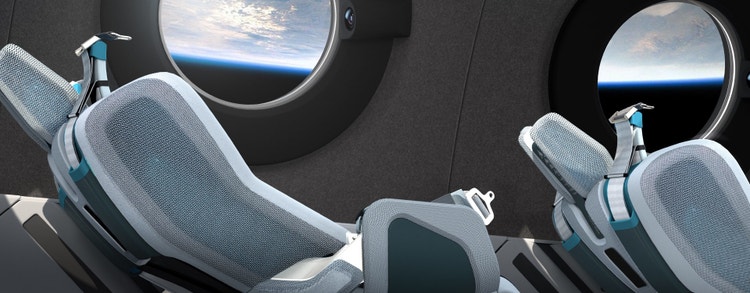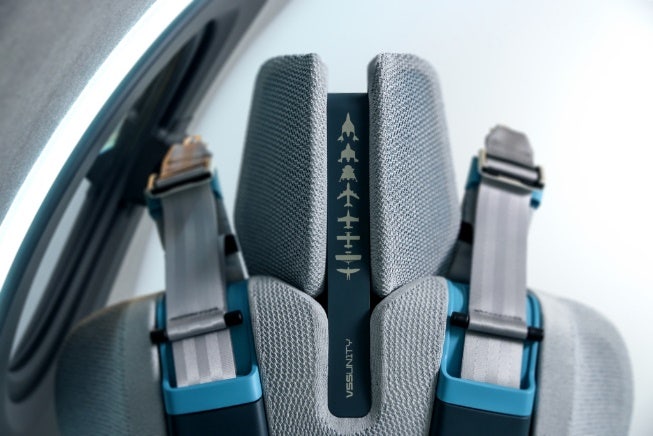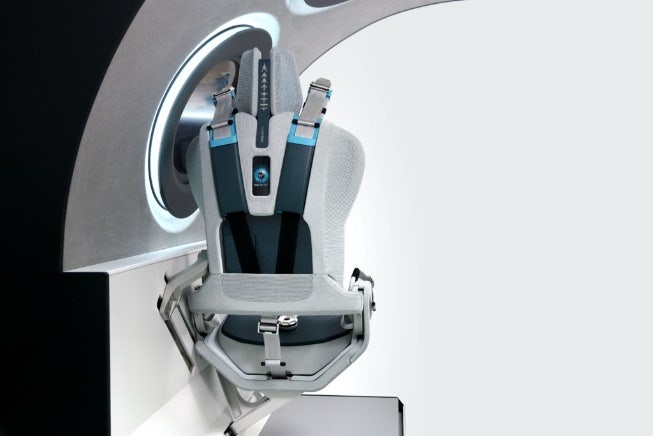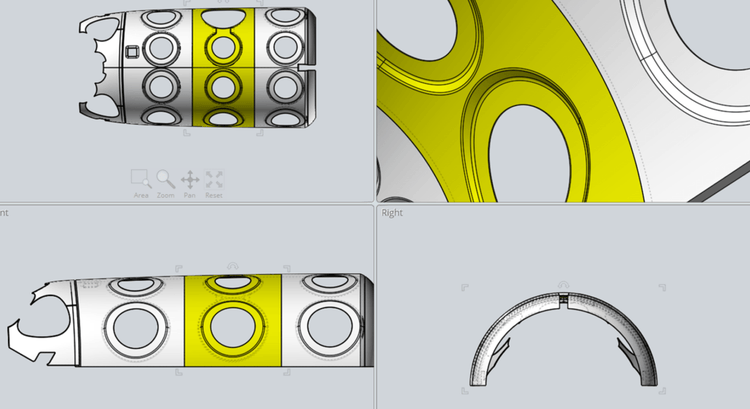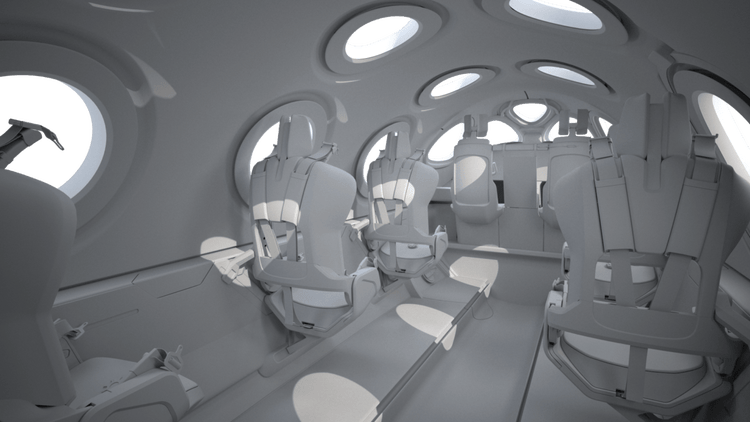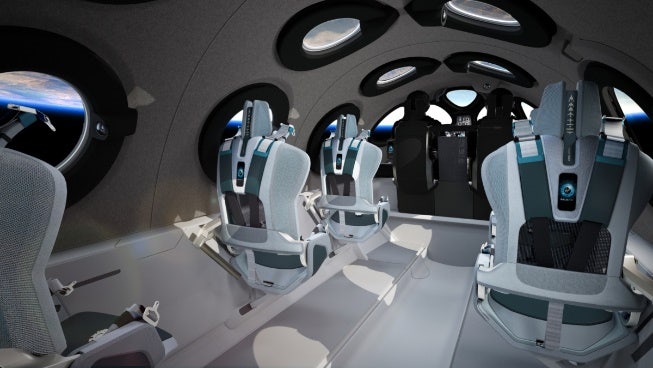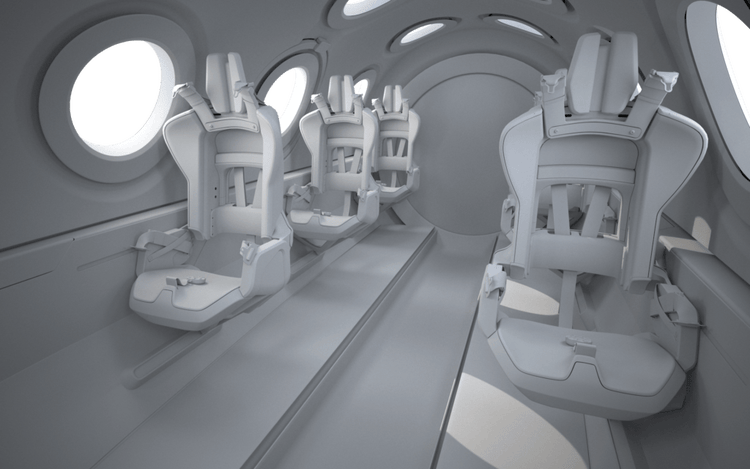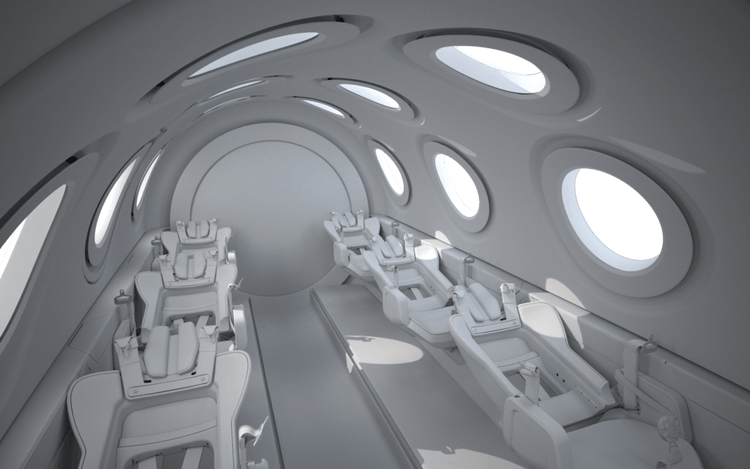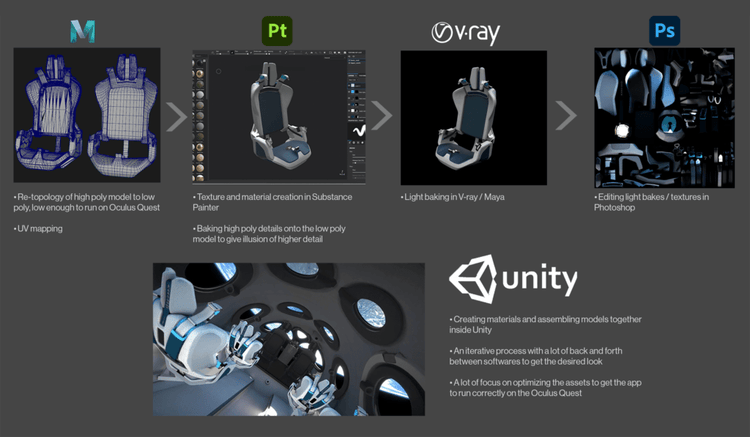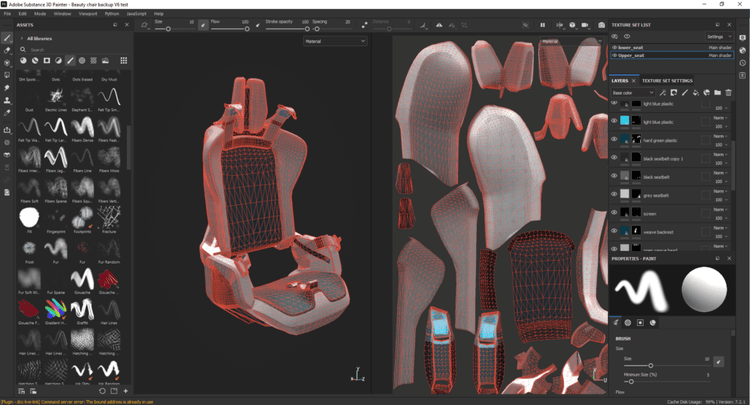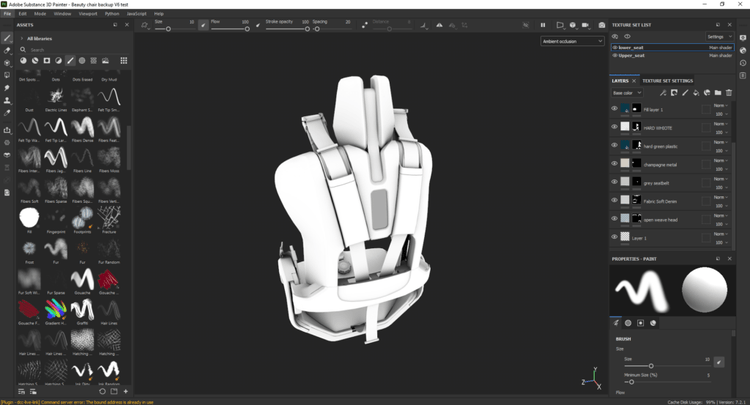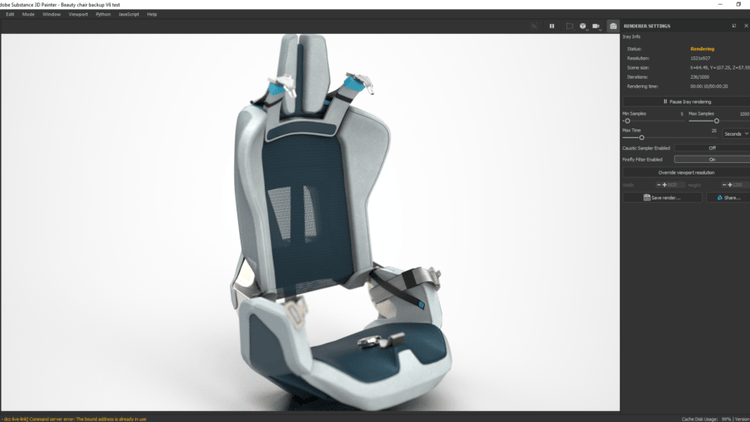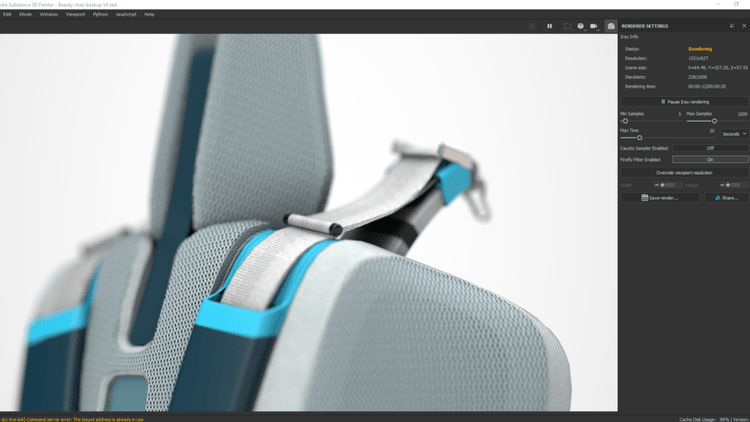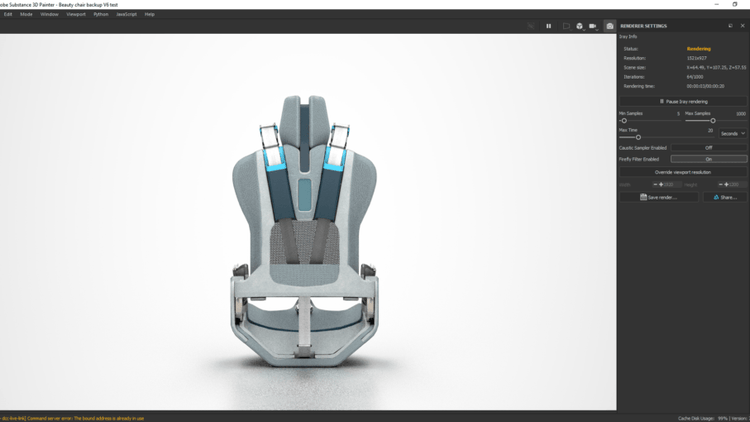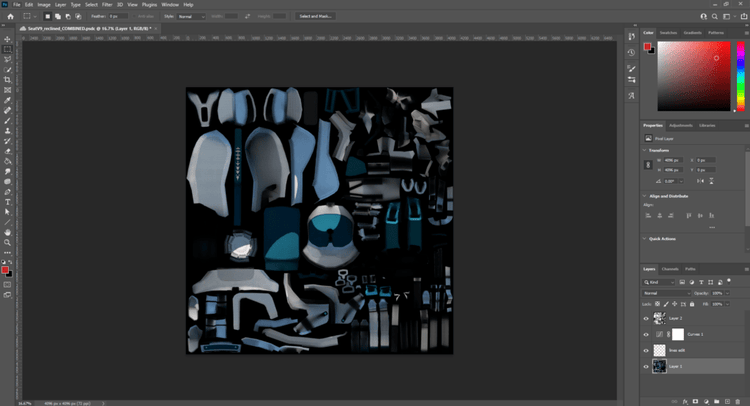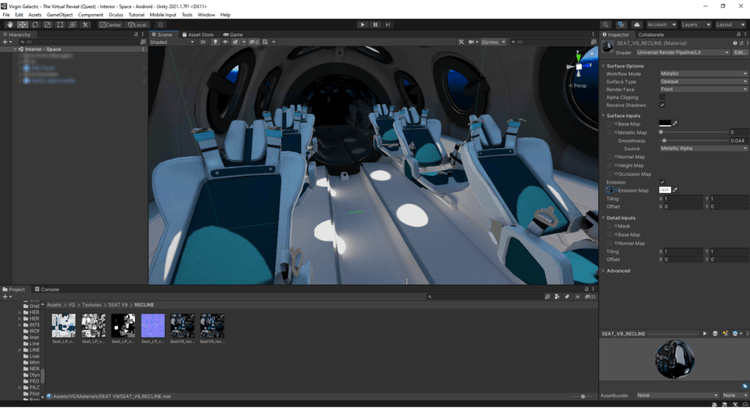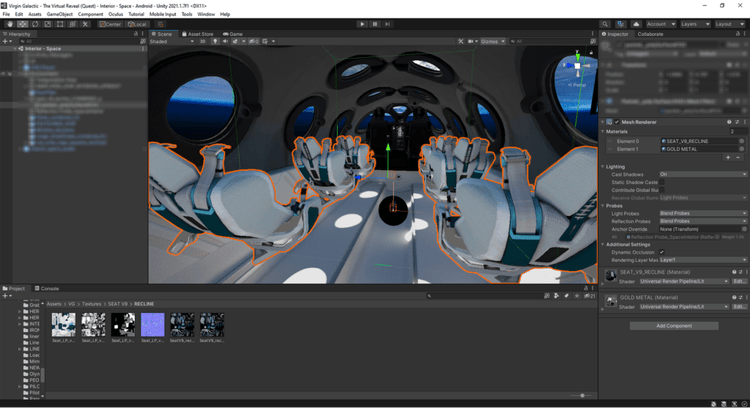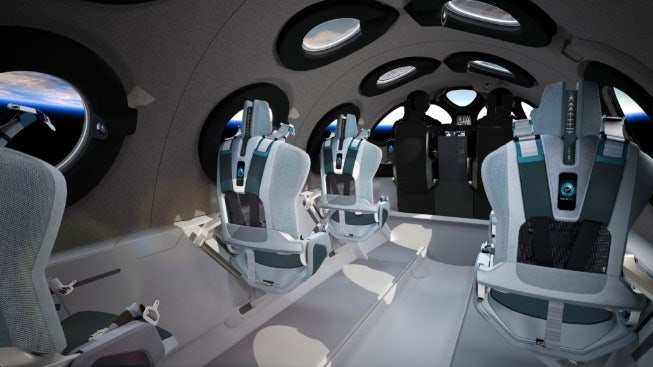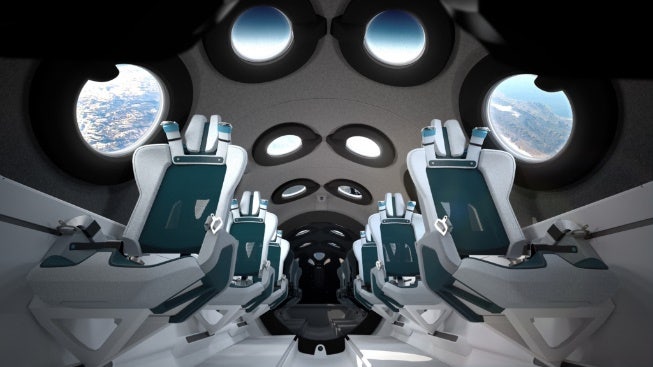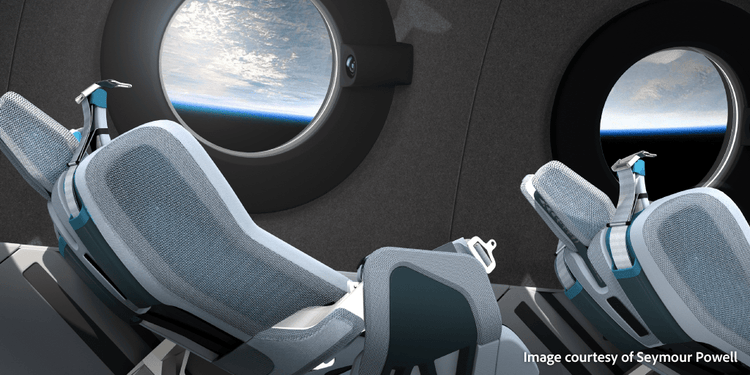Over the next 2 years, the Transport and Creative Technology teams worked closely with the Virgin Galactic teams in London and Mojave to deliver a cabin and seat design. During this phase of work, we built and evolved a real-time driven VR and AR collaboration tool which served as the backbone of the communication and decision-making pipeline.
By Christmas 2019, as we were nearing the completion of the project, news of a novel coronavirus was starting to make the headlines. 12 weeks later we were in a global lockdown.
The initial strategy for revealing the much-anticipated interior of the ship was built around a live event. This was to include a fully manufactured prototype of the interior displayed onstage at a VIP event in the recently completed Space Port America in New Mexico.
The groundwork our team had done in creating the real-time collaboration tool meant that we were in a great position to pivot and develop a ‘virtual reveal’ centered around a collaborative VR experience for VIPs and the world’s press and an interactive AR app deployed on the iOS and Android app stores.
